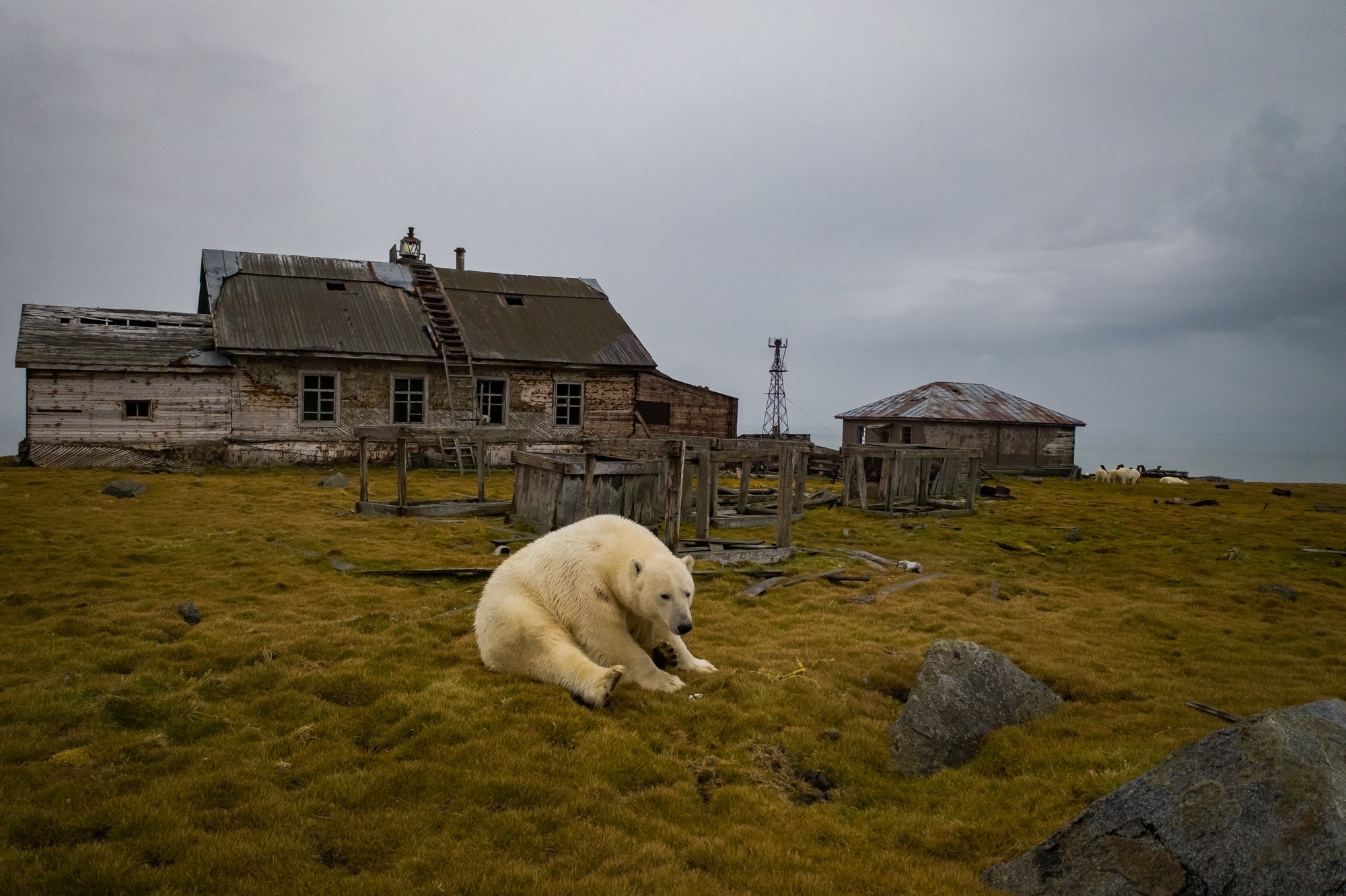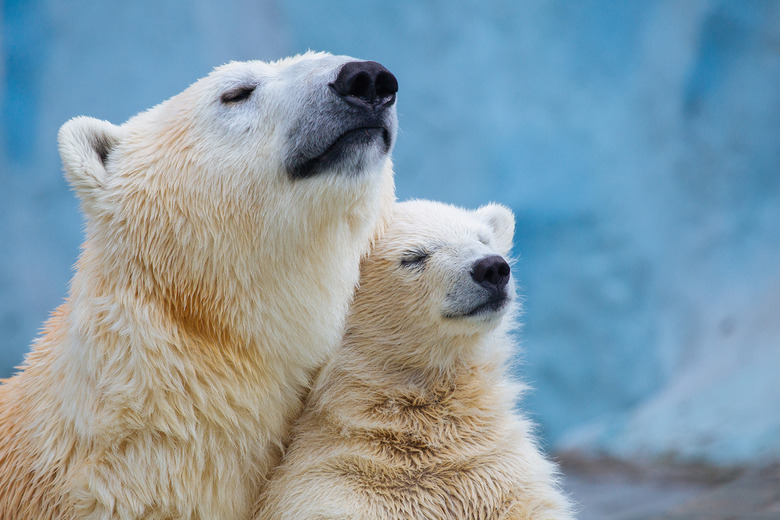Climate Change Could Drive These Polar Bears To Extinction In Just 10 Years
Located in the northeastern portion of Canada, Hudson Bay is known for its cooler temperatures, with the southern areas of the bay offering subarctic temperatures that used to be perfect for polar bears to survive in. Now, though, rising temperatures and hotter summers mean less sea ice, and that means polar bears in the Hudson Bay area could be facing extinction sometime within the next decade.
A new study featured in Communications Earth & Environment highlights the ongoing climate change issues affecting the Hudson Bay area and its creatures. Just last month, the area went ice-free a month earlier than it usually does.
While polar bears are used to an ice-free season each year, it typically only lasts around four months. During that time they usually rely on fat reserves to keep their bodies nourished while the ice reforms, allowing them to hunt seals once more. But if those ice-free months extend, it could mean a harder time for the bears to hunt.

Obviously an extinction event of this level is something to be heavily concerned about. A lot of the worries come from the fact that even if the Hudson Bay area has sea ice reforming, it doesn't mean that the temperatures will allow for it to become thick enough for the bears to hunt seals. It still has to be thick enough to support them.
Unfortunately, there isn't much consensus on just how much ice is needed to support an adult male polar bear. However, field research has helped come up with a baseline of just four under four inches of thick ice being needed to hold their weight. Anything thinner than this has a chance of breaking.
Of course, polar bears can swim, so if they fall through the ice, it isn't a huge issue as far as them drowning or anything. They're actually very strong swimmers. However, the sound of a polar bear crashing through the ice would be like an alarm going off for the seals they are hunting, causing them to scatter and run away.
If the sea ice continues to remain thin, then the bears won't be able to hunt, and they'll struggle to survive without a solid food source. If that happens, then we could see the number of polar bears dwindle greatly, even to the point of extinction, within the next 10 years, the researchers warn.
Scientists are already searching for ways to refreeze the Arctic, something that may prove useful for helping out creatures like these polar bears, too. Unfortunately, this news is just a sad truth that continues to show just how devastating climate change can be for our planet and the creatures that inhabit it.
